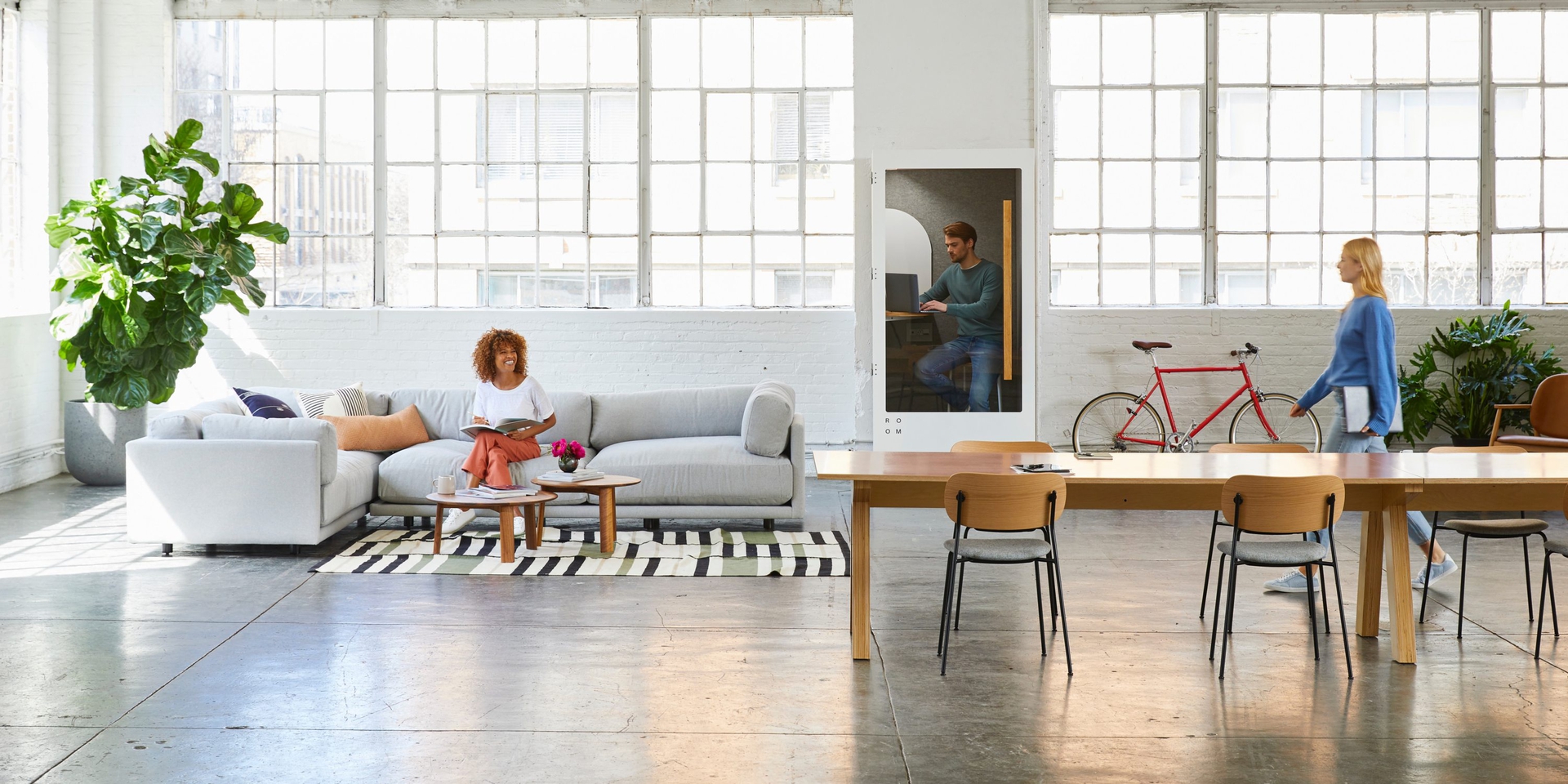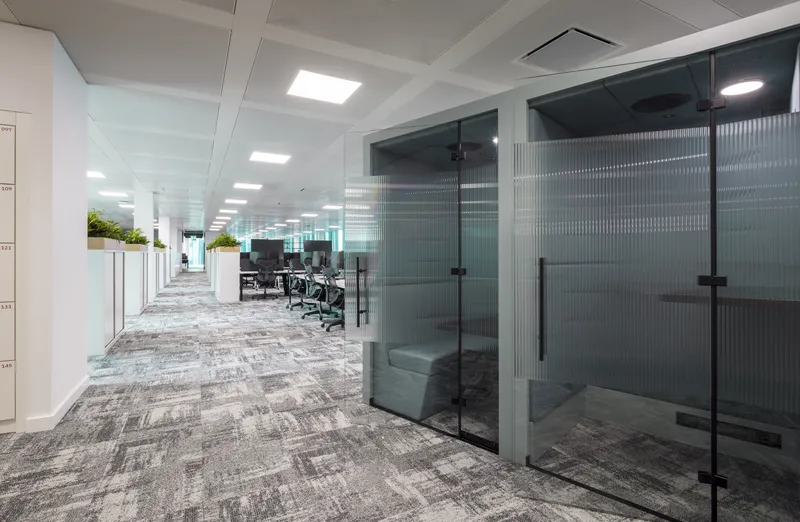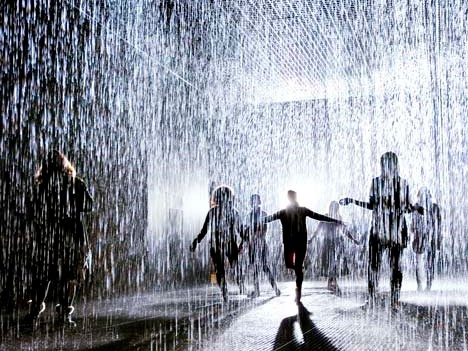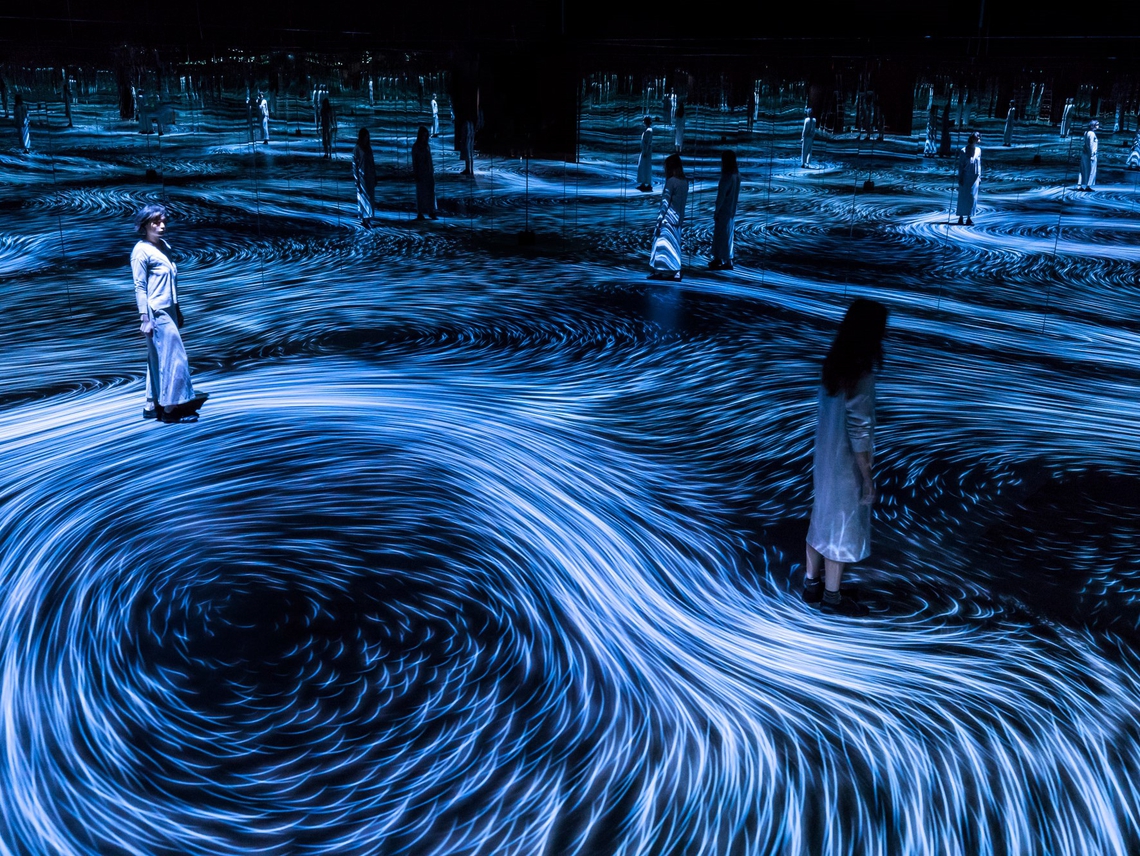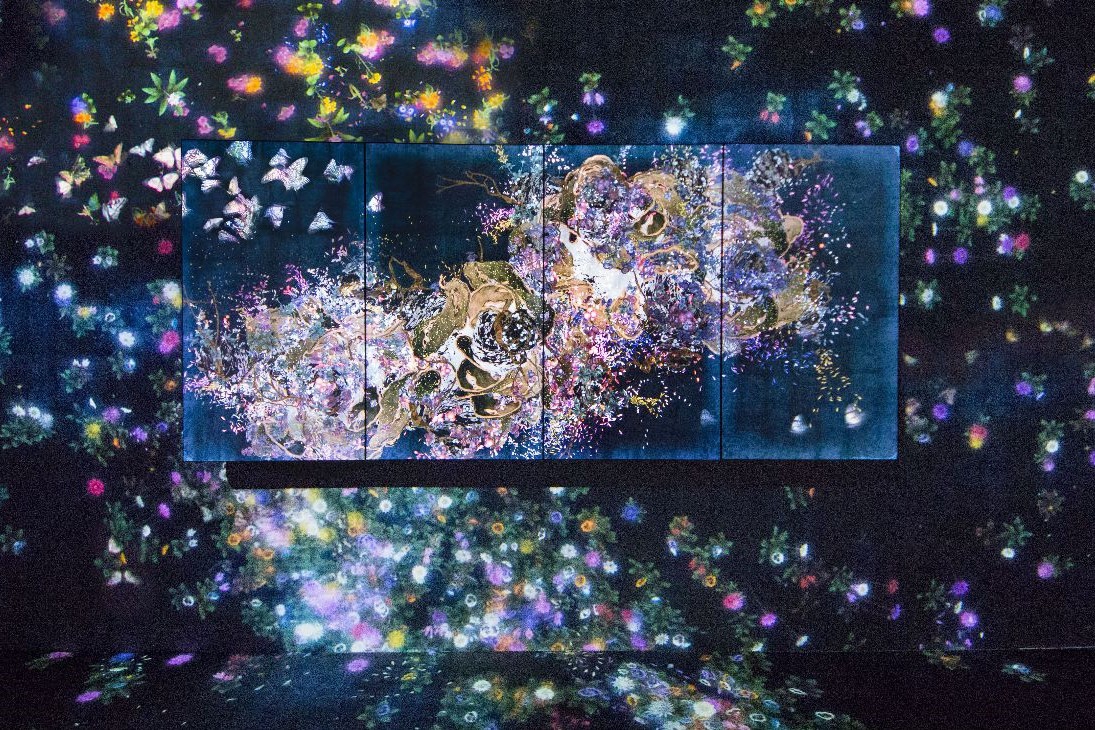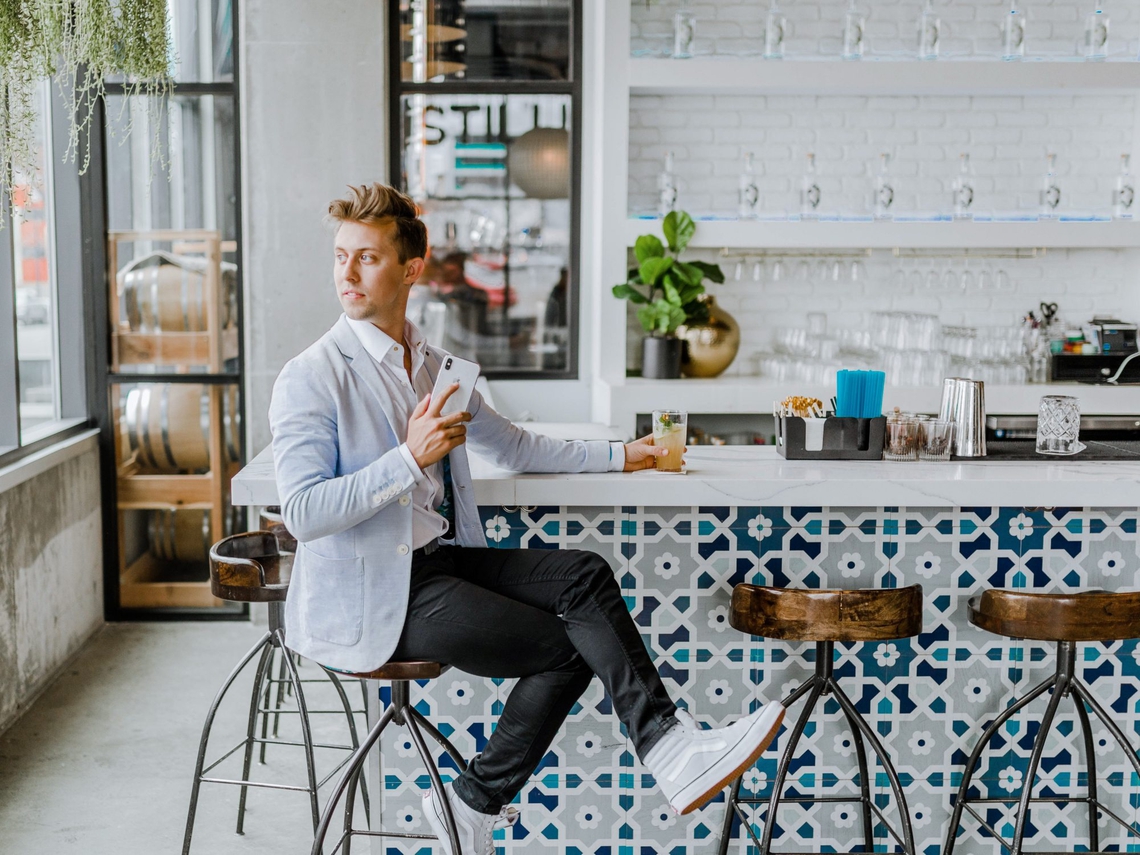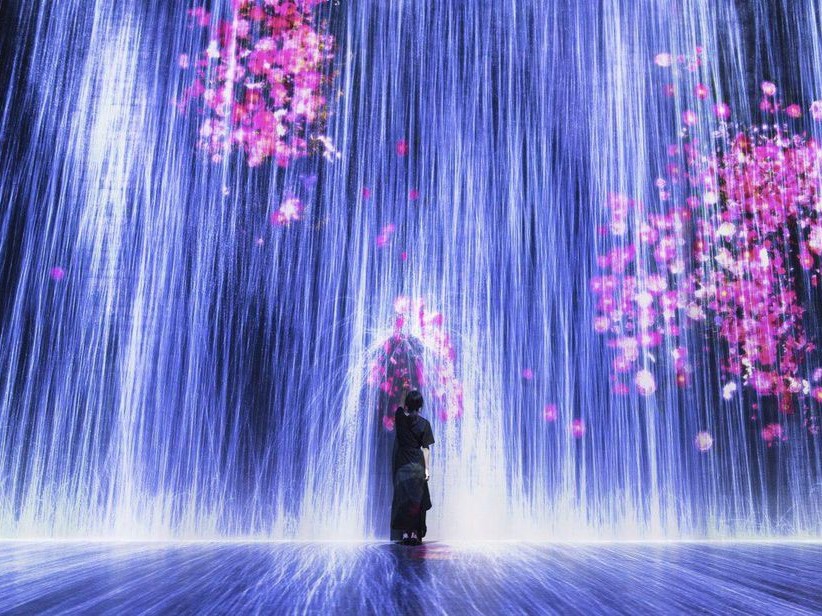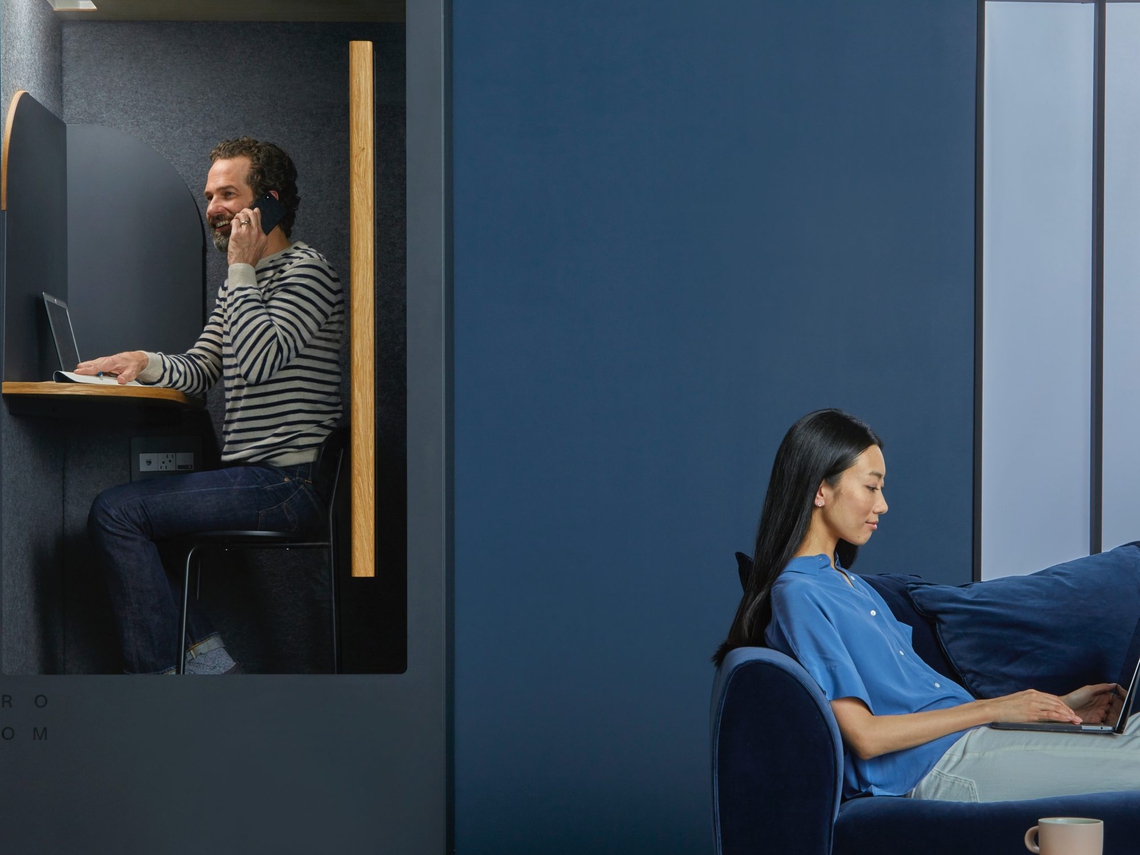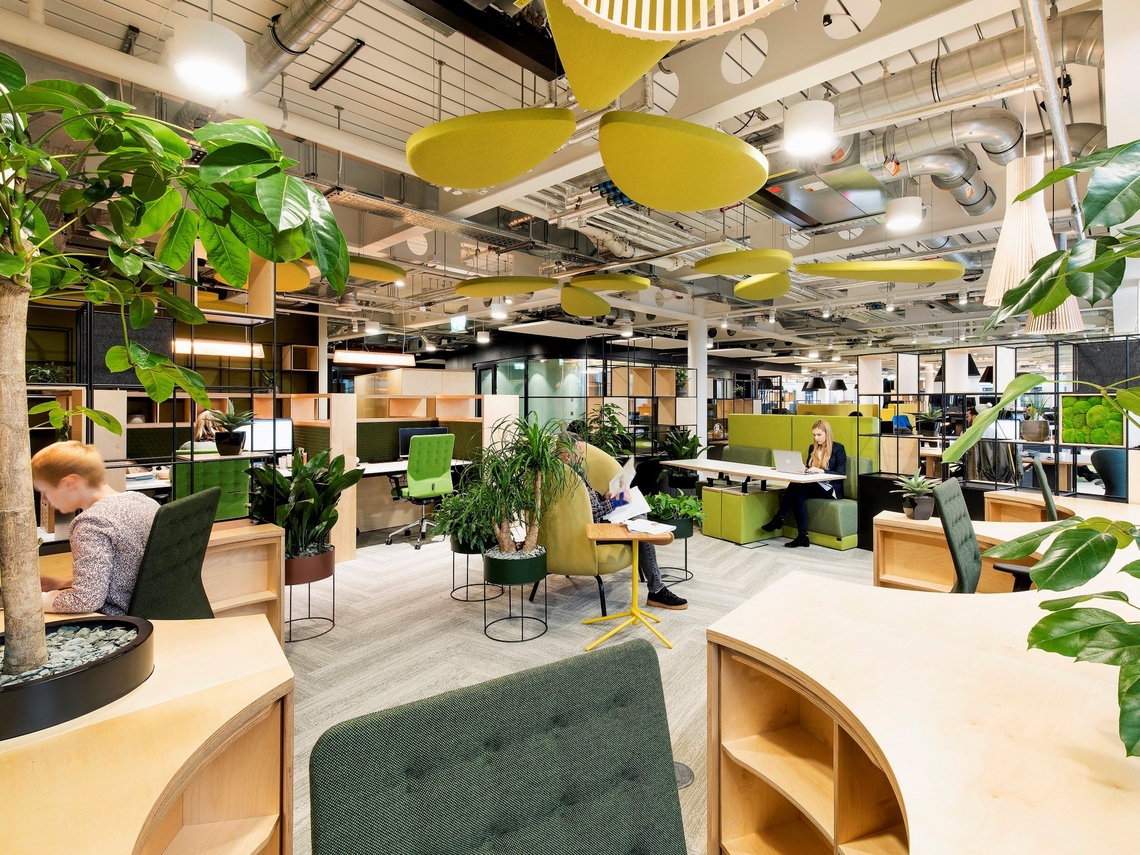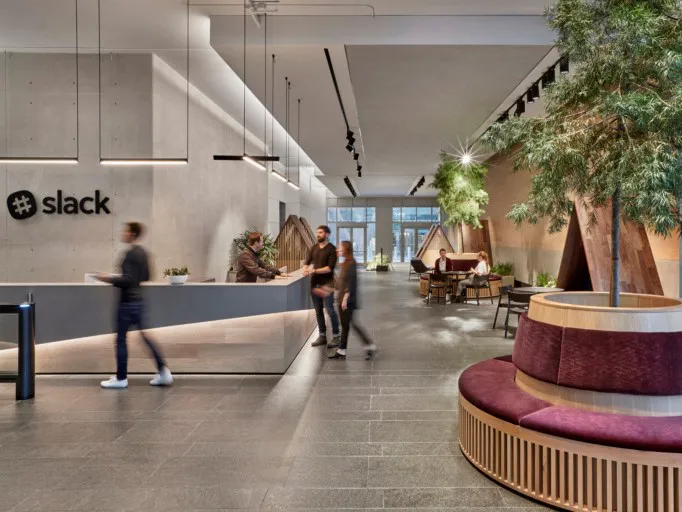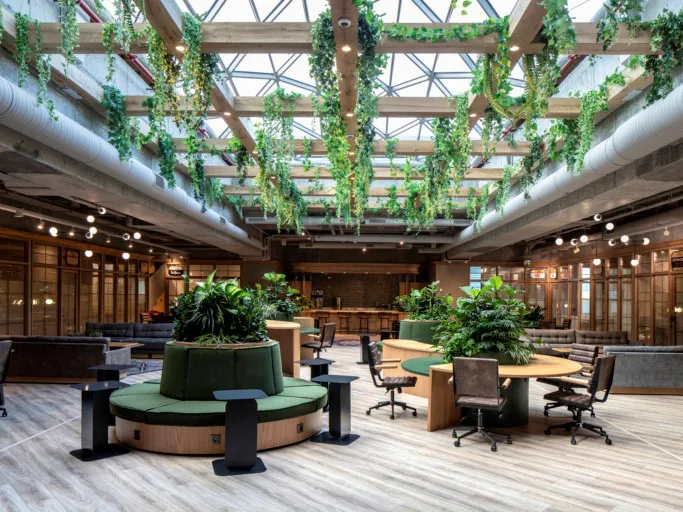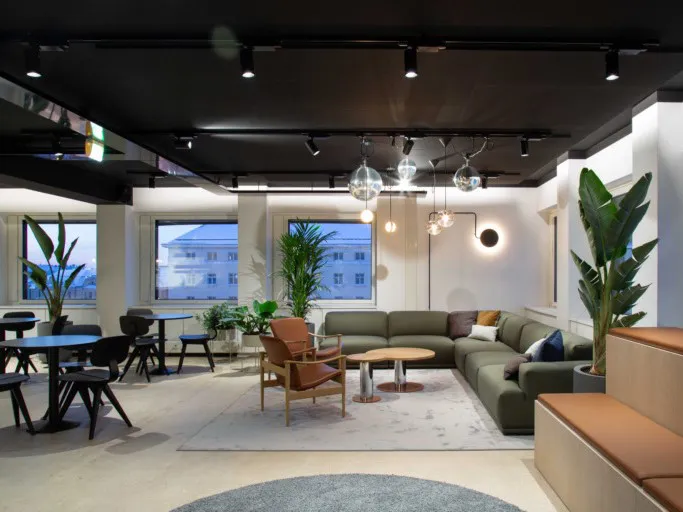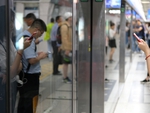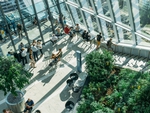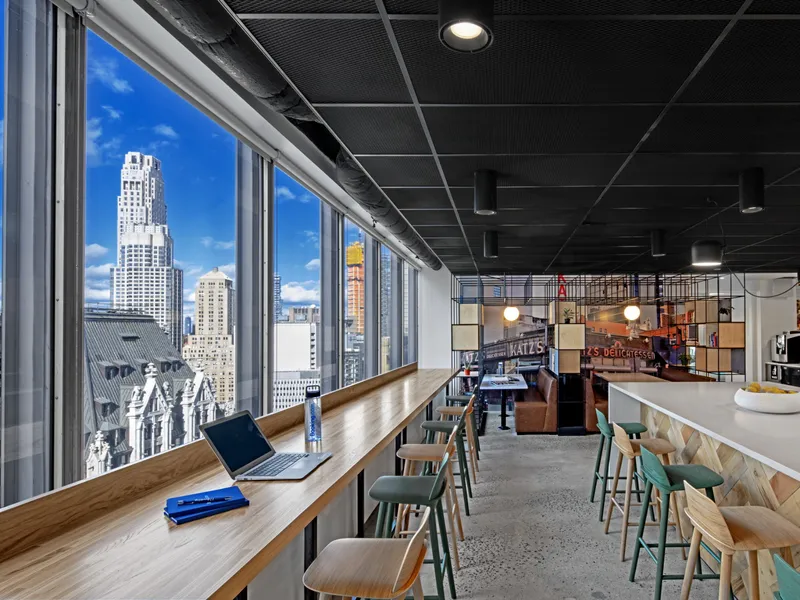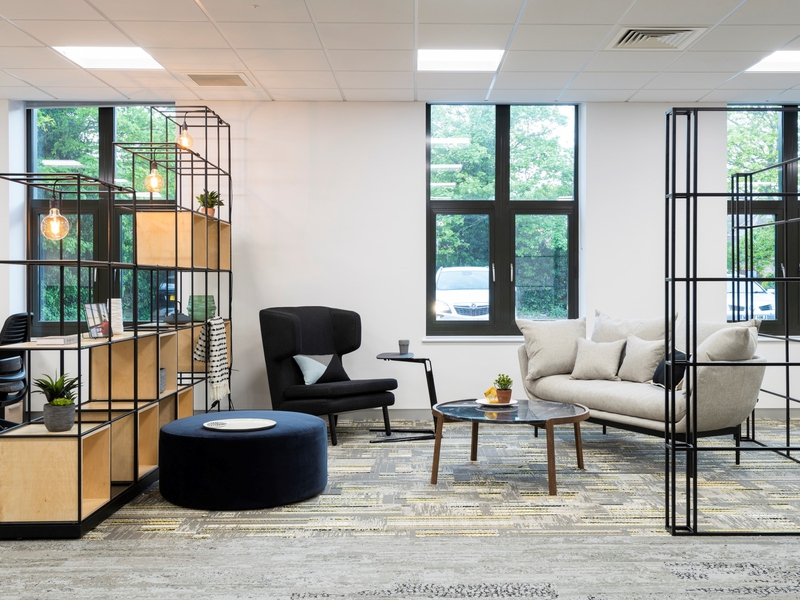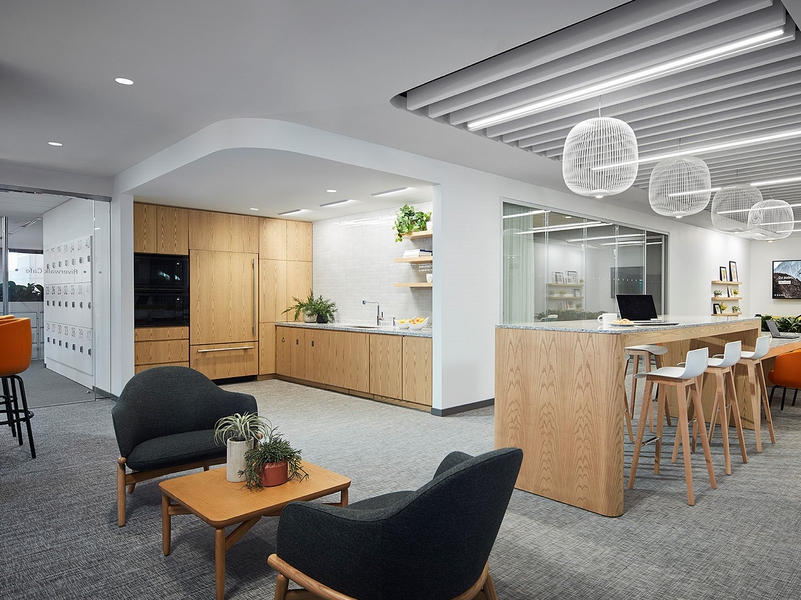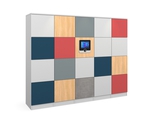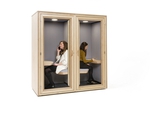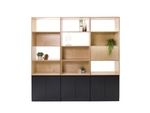15 Jul 2019
Industry Trends
Invisible Tech and Art
In recent years, museums and art galleries have been making use of “invisible tech”—which is to say, motion sensors, projection mapping, wraparound video screens and more—to create stunning new environments. For instance, the digital art collective Random International’s installation of their “Rain Room” in London’s Barbican Centre in autumn 2012 was a huge success, attracting large crowds and long queues of people wanting to partake of this unique experience. In fact, the installation was so successful that the Emirate of Sharjah decided to buy it and permanently install it in the heart of the desert city, where it’s now a leading tourist attraction

For those who weren’t lucky enough to experience it in person, “Rain Room” is a 100 square-metre space of falling water that reacts to the movements of visitors. Stepping inside, you can hear the sound of water and feel the moisture in the air, yet raindrops never fall on your head. Instead, visitors are turned into choreographers of the weather. Through the clever use of sensors, as you move through the space the rain stops falling from the part of the ceiling directly above you. The technology is invisible, but its effects are anything but.

Another approach is favoured by Japanese digital art collective TeamLab. In 2018, they installed stunning whirlpools of light in both the National Gallery of Victoria, Melbourne, and the inaugural show at the Amos Rex museum, Helsinki. By using projection-mapping techniques and responsive lighting, they’re able to send what looks like water flowing up a building’s walls or down into its floors. And, again, through the use of motion sensors their installations can react to visitors walking through them in real time. TeamLab’s practice is about building beautiful digital landscapes: other recent projects have included projected waterfalls, koi carp ponds and moving forests full of blossoming flowers and butterflies that flap around the audience.

Invisible Tech and Design
However, invisible tech can be used for much more than art installations. It can also be used to design incredible workplaces, entrances, showrooms, retail spaces and so on. After all, many of our offices already have doors that open and lights that turn on according to sensors, so why not take these ideas further and create something that’s truly futuristic?
For instance, the Salesforce Tower in San Francisco has huge fine-pitch LED video walls on the ground floor, wrapping around the elevator lobby entrances. This space is most famous for its award-winning waterfall animation, which really is quite something. However, because it’s a screen, absolutely anything can be shown on it: from videos relating to the building’s branding, to three-dimensional visualisations of data. These kinds of spaces can be updated continuously to reflect a business’s changing needs, or to create reactive workspaces tailored to everybody’s preferences.
Employee experience is more important than ever these days, and sensory technology and design can really enhance this: an environment can be made more calming, or awe-inspiring, or just more on-brand.
Having biophilia in an office is shown to be great for staff morale, so why stop at office plants; why not build a virtual waterfall? And why not add some relaxing soundscapes around it and lower everybody’s stress levels? In today’s day and age, with most of us living and working in cities, we’ve grown increasingly distant from nature. So good design now plays a vital role in restoring our feeling of connection with the natural world, and creating environments that we feel comfortable in and inspired by; and invisible tech is going to play a more and more significant role in this process over the coming years.

“Rain Room,” say Random International, “is the latest in a series of projects that specifically explore the behaviour of the viewer and viewers: pushing people outside their comfort zones, extracting their base auto-responses and playing with intuition. Observing … the experimentation with this world of often barely perceptible behaviour and its simulation is our main driving force.” In other words, imaginative use of technology like this will not only inspire people, but also change the way we feel and behave. We all want meaningful experiences in our lives, and artists and designers skilled in invisible tech will be able to create spaces that really are magical and awe-inspiring.
Share this article
